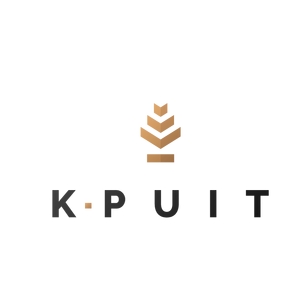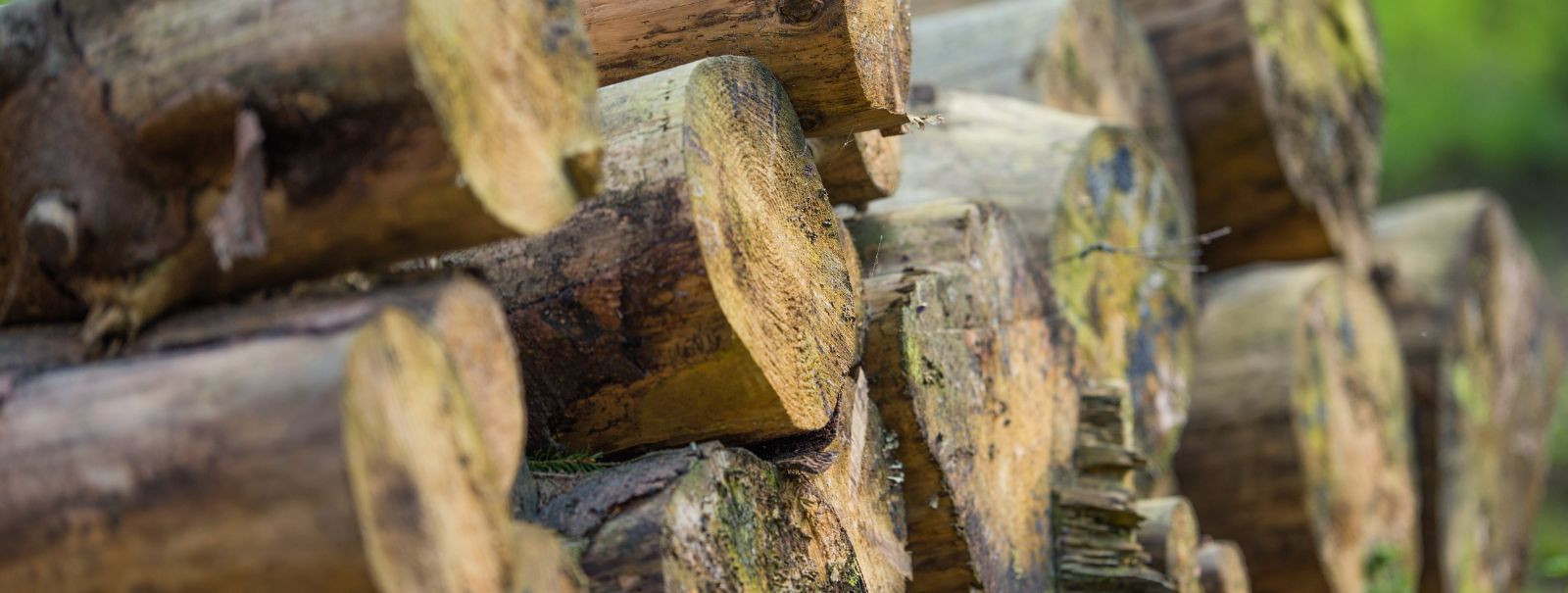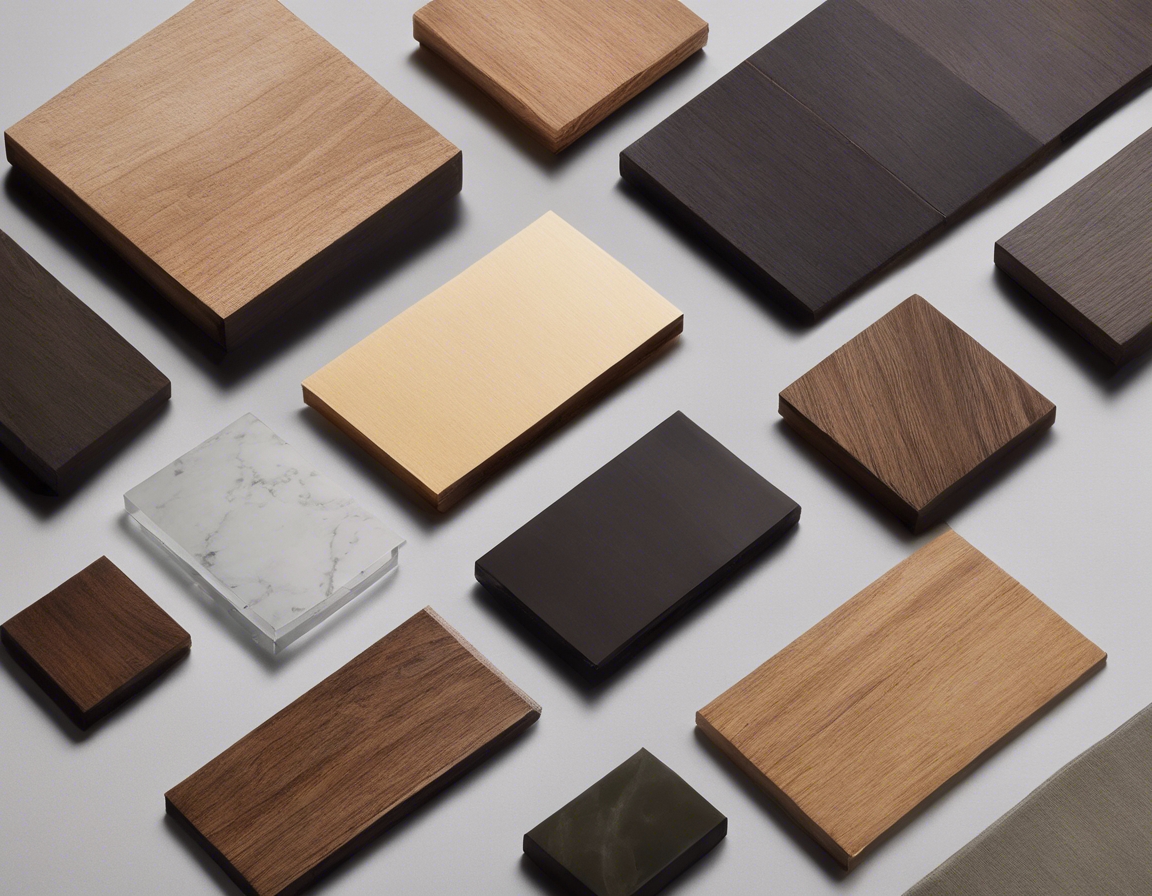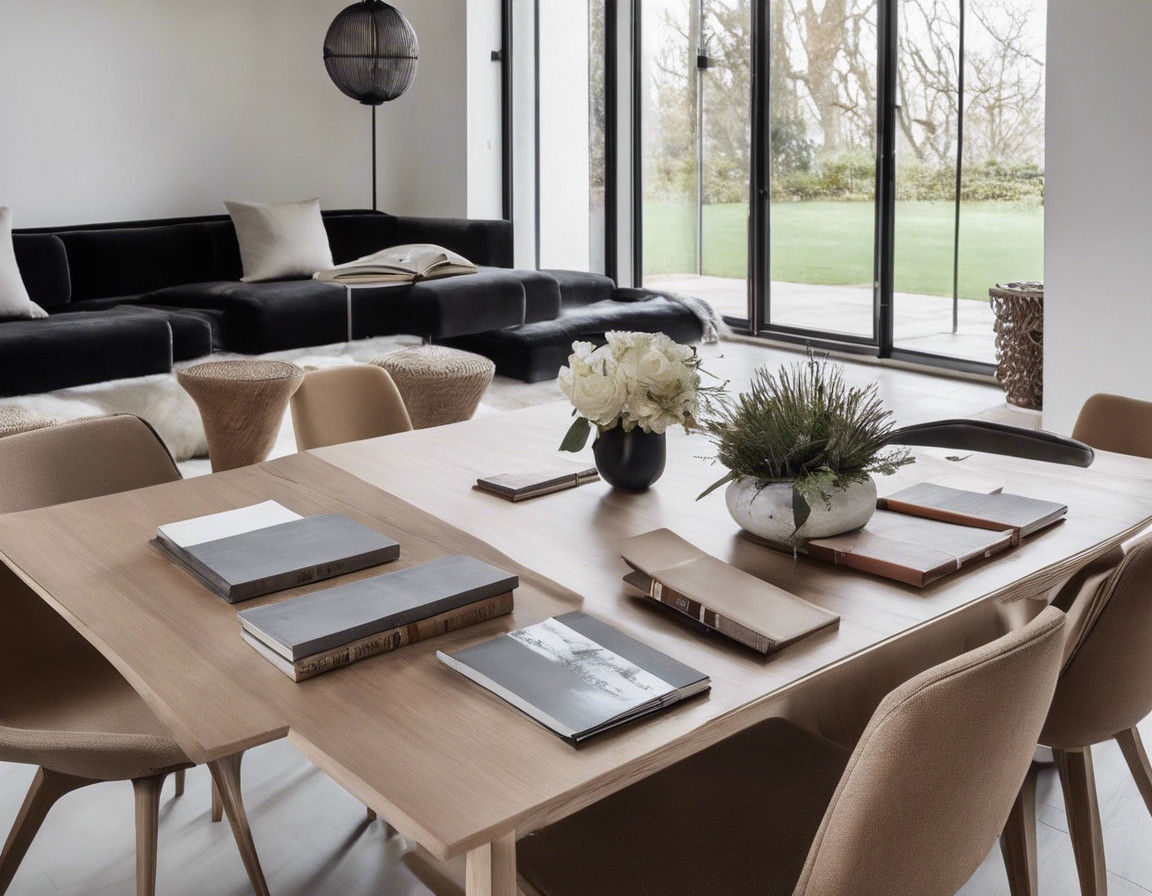Transform your space with sustainable internal cladding
Internal cladding is a method of finishing the interiors of a building by applying materials to the walls or ceilings. It serves both functional and aesthetic purposes, providing insulation, soundproofing, and a polished look to living spaces.
Sustainability in construction is no longer a trend but a necessity. As the world becomes more environmentally conscious, the demand for materials and practices that minimize ecological impact has surged. Sustainable internal cladding is at the forefront of this movement, offering a way to beautify spaces while adhering to eco-friendly principles.
The Benefits of Sustainable Internal Cladding
Choosing sustainable cladding means selecting materials that are responsibly sourced, recyclable, and have a low carbon footprint. This not only helps in conserving natural resources but also supports the health of the planet.
Properly installed sustainable cladding can enhance a building's energy efficiency by providing additional insulation. This leads to reduced energy consumption for heating and cooling, resulting in lower utility bills and a smaller environmental impact.
Durable materials mean less frequent replacements and repairs, which in turn leads to a reduction in waste and resource consumption over time. Sustainable cladding options are designed to last, offering a long-term solution for interior finishes.
With a variety of textures, colors, and finishes available, sustainable cladding can transform any space into a visually stunning environment that also reflects an individual's or a company's commitment to the environment.
Types of Sustainable Internal Cladding Materials
Reclaimed wood is not only rich in history and character but also an excellent choice for sustainable cladding. It repurposes existing materials, reducing the need for new timber and the deforestation that comes with it.
Bamboo is a fast-growing, renewable resource that offers strength and durability. Its rapid regrowth cycle makes it a highly sustainable option for interior cladding.
Cork is harvested from the bark of cork oak trees without harming the tree itself, making it a renewable and biodegradable material perfect for eco-conscious cladding.
Using recycled metal in cladding contributes to the reduction of mining and manufacturing impacts on the environment. It also provides a modern and industrial aesthetic that is both durable and recyclable at the end of its life cycle.
Composite cladding materials, made from a mixture of recycled wood and plastics, offer the aesthetics of wood with the durability and low maintenance of synthetic materials.
Designing with Sustainable Internal Cladding
When selecting sustainable cladding, consider factors such as the source of the material, its environmental impact, compatibility with your design vision, and the overall cost.
Sustainable cladding can be adapted to fit any design scheme, from rustic to contemporary. It can be used to create feature walls, enhance architectural details, or provide a cohesive look throughout a space.
Proper installation is crucial for maximizing the benefits of sustainable cladding. It's important to follow manufacturer guidelines and consider hiring professionals to ensure that the cladding is installed correctly and efficiently.
Maintaining Your Sustainable Cladding
Most sustainable cladding materials are low maintenance, requiring only regular cleaning to maintain their appearance and longevity. Use gentle, eco-friendly cleaning products to avoid damaging the material and the environment.
In the event of damage, many sustainable cladding materials can be easily repaired or replaced. This ensures that the cladding remains in good condition and continues to perform its insulating and aesthetic functions.
By choosing sustainable cladding, you're investing in a solution that will not only stand the test of time but also contribute to a healthier planet for future generations.






Comments (0)